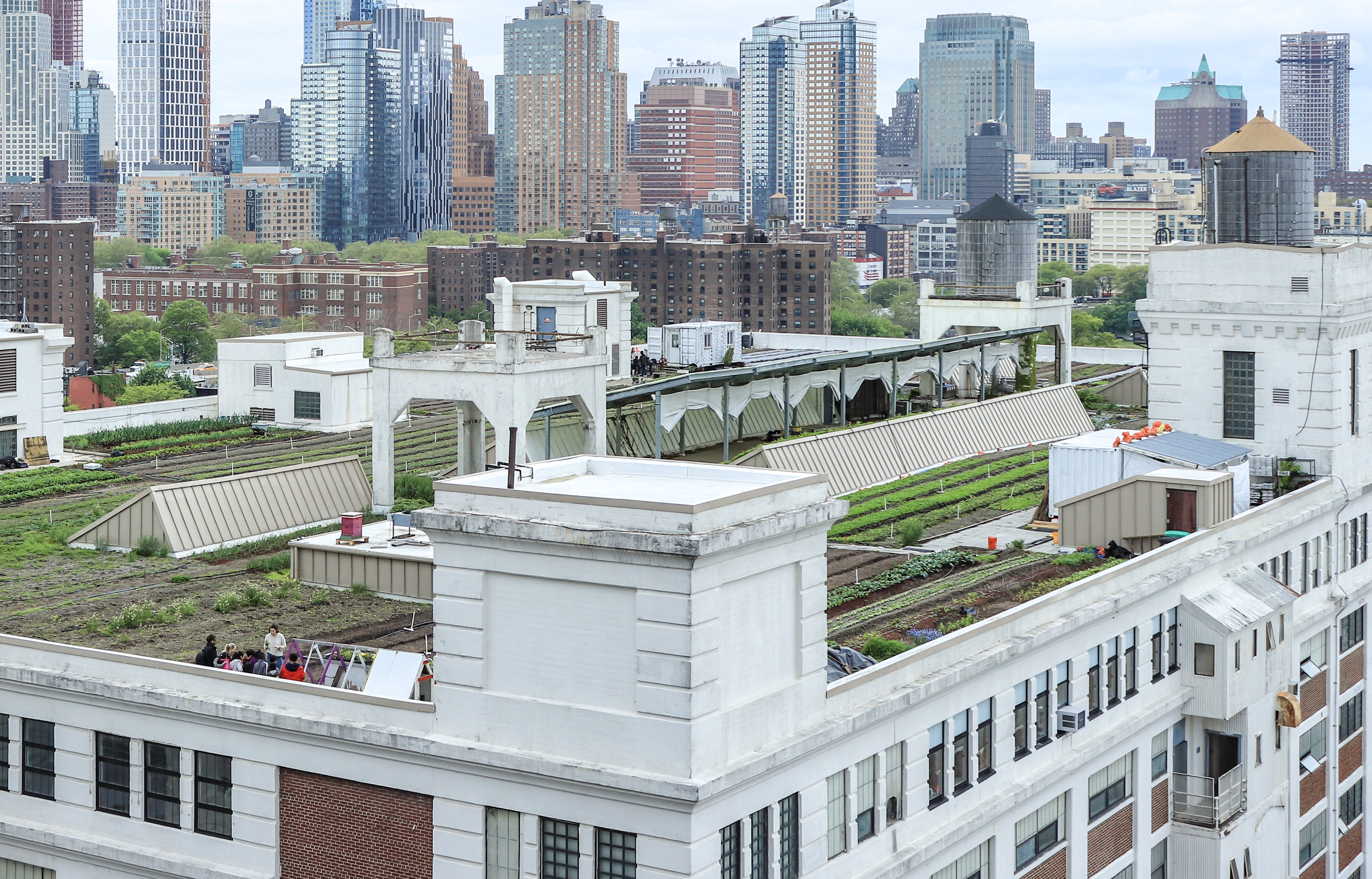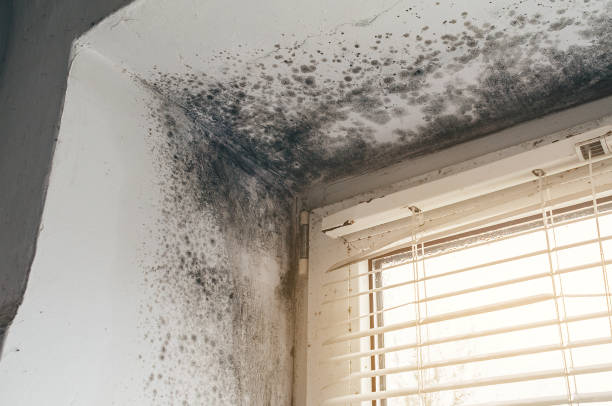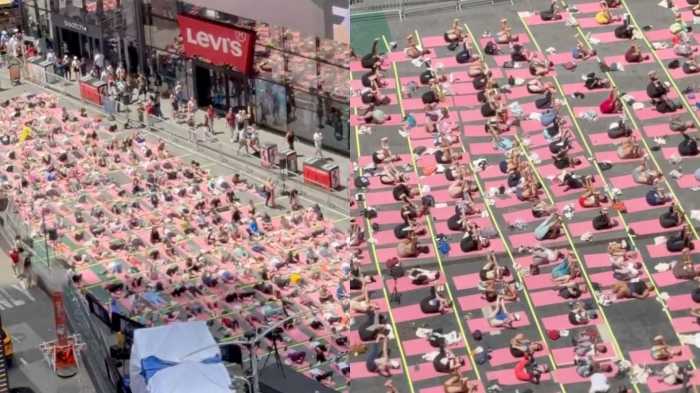
BY LIZ SADLER CRYAN | It’s hard to miss the soaring 3-acre meadow that graces the top of Barclays Center in Downtown Brooklyn. But green roofs — or living roofs, as they are also known — are also branching into residential neighborhoods, where homeowners with sturdy-enough roofs can enjoy their environmental and financial benefits.
“Not only are green roofs really beautiful, nice places to hang out and good for the environment, but they save the building on energy costs and make it a lot cooler,” said Inger Yancey of Brooklyn Green Roof. “The top floor will be 5 to 7 degrees cooler than outside, if it has a green roof. It also cuts down on sound, and in winter it keeps more of the heat inside.”
Green roofs can also extend the life of a roof by 50 years or more by adding a layer of protection from the sun and other elements.
If you’re considering a green roof on your brownstone rooftop, here’s what you need to know:
“The place to start is with the structural integrity of the roof,” said Eric Dalski of Highview Creations.
A structural engineer can provide an assessment by reviewing architectural drawings or drilling into the ceiling to see the joists.
“What is a problem is when the weight is too much and you can have cracking,” Dalski said. “I recommend a leak-detection test or new roof that is certified by a roofer, so it’s good to go.”
Though steel joists are preferable to support the weight of a green roof, most brownstones and row houses have wood ceiling beams.
“But the narrow span means wood is usually not a problem,” said Gwen Schantz of Brooklyn Grange. “Most brownstones you can generally put a shallow green roof with 4 to 5 inches of soil. Or you can put in a smaller green roof, too, and just cover part of the roof.”
The design of the green roof will depend on the strength of the roof: A stronger roof will allow for deeper soil and more diverse plantings, such as wildflowers and vegetables.
“For rooftops that can’t hold a lot of weight, we put in plantings called sedum that do a good job of capturing storm water and are also low maintenance,” Dalski said. “If the roof allows it, we love to make a deeper soil profile and throw in native plantings — what we see in fields and forests, pollinators that will attract birds and bees.”
Yancey often uses a combination of sedum and perennials.
“Sedum never needs to be replanted,” she said. “It goes dormant in winter, is drought-tolerant and low- maintenance, and doesn’t need to be pruned or mowed. I typically use sedum as a kind of a base because it’s so resilient. And I use native perennial plants because, as an environmentalist, I want to be creating a kind of ecosystem up there that’s going to be useful to the birds and bees and butterflies that are going to populate it.”
Installation can take less than a week or up to a month, depending on the scope of the project. The first step is usually to lay down a coat of heavy plastic or rubberlike material to keep the roots from penetrating the roof and to separate the green roof from the roof membrane. That is then covered by a drainage layer or mat. A layer of fabric is often used beneath the soil to prevent it from seeping into the drainage. An irrigation system is usually recommended for the hottest months.
“One thing that’s really important in designing a green roof is making sure you’re placing the plants in a way that is not going to encourage leaks,” Yancey said. “You want to make sure roots can’t reach any portion of the roof where water might collect. On a roof, it would be where vertical meets horizontal — a skylight, cornice, parapet or vent — and it’s likely to crack over time. Anyplace that there’s a crack is a place where, if the crack is worsened, water can start coming in.”
Prices start at $25 to $35 per square foot for a basic green roof, and $35 and up for a more elaborate system. A city tax-abatement program for green roofs expired last year, but is likely to be renewed.
Green roofs don’t typically need to be watered because the plantings are drought-tolerant. But they do require some maintenance, such as weeding and trimming back at the end of the season.
“I think green roofs are just kind of coming onto the scene right now,” Yancey said. “It seems like a new technology, and an exciting new architectural element that you can add to your building. But the reality is they’re not very different from good old-fashioned planter boxes. They’re just a little more intelligently engineered.”
This article first ran in Brownstoner, a sister Schneps Media publication of The Villager. To read the Brownstoner article, which feature more photos, click here.




































